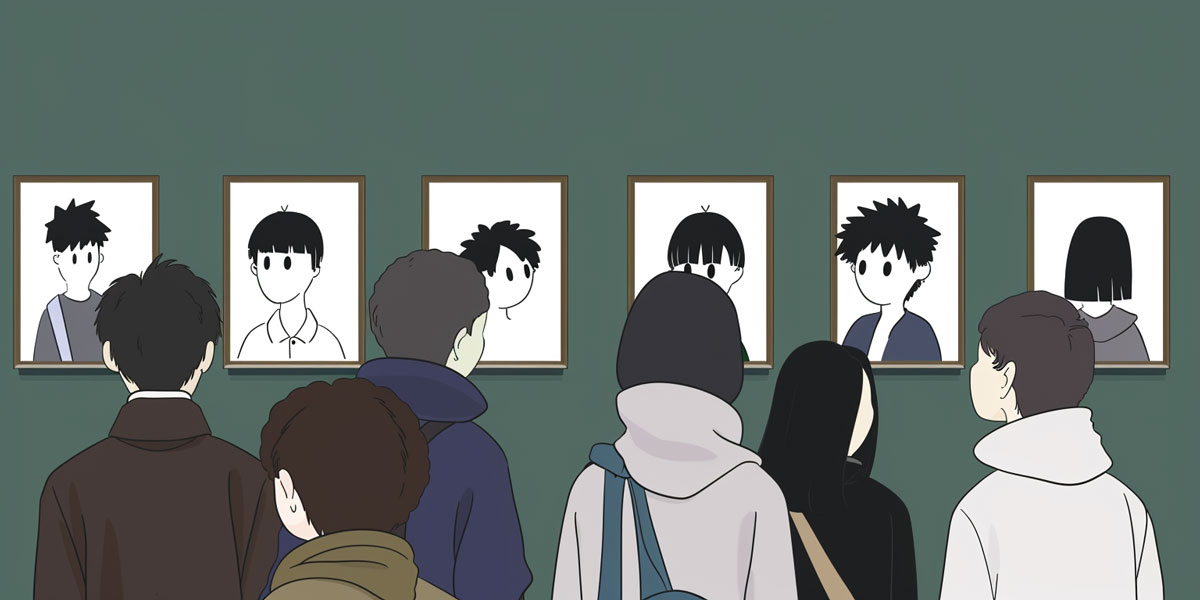What are NFTs?
NFTs, short for “Non-Fungible Tokens,” are becoming increasingly popular in the world of blockchain and cryptocurrency. But what exactly are NFTs and how do they work? Let’s dive deeper into the exciting world of NFTs to uncover their secrets.
The Non-Fungible Frontier
NFTs, short for Non-Fungible Tokens, are a new way of owning digital things. They’re different from regular cryptocurrencies because each one is unique and can’t be exchanged for another token. This uniqueness makes NFTs special for digital art, collectibles, and virtual stuff.
NFT Traits and Concepts
NFTs are special because they can’t be replaced by anything else. For example, imagine owning a digital painting that only exists online. This painting, verified by blockchain technology, becomes an NFT, showing that it’s real and valuable.
How NFTs Operate
NFTs operate using sophisticated technology, often hosted in collections numbered from 0 or 1 to thousands. These collections can be as small as a few items or as extensive as tens of thousands, each with its unique digital asset.
Typically, NFTs utilize IPFS for hosting images, ensuring secure and decentralized storage. Additionally, a .json file accompanies each image, containing vital information like the image URL, layer attributes, and rarity details. This JSON data plays a crucial role in defining an NFT’s uniqueness and value on marketplaces.
Navigating NFT Collections
Within the expansive universe of NFTs, collections are used similar to categories for the art, each bearing its unique narrative and aesthetic. From futuristic cyberpunk landscapes to whimsical fantasy realms, NFT collections offer a glimpse into the diverse imaginations of creators worldwide.
NFT Collection Uniqueness
Every NFT is distinguished by its unique number within a collection. Whether it’s item #25 or #1000, each number is exclusive and cannot have duplicates. This uniqueness extends to the artwork itself, with creators having the option to craft one-of-a-kind pieces or multiples of the same item, catering to diverse applications like trading card games and virtual assets.
The Chemistry of NFT Creation:
Creating an NFT is similar to wielding the tools of a digital chemist—blending creativity, technology, and storytelling to forge unique tokens of digital ownership. Artists harness digital mediums to breathe life into their creations, transforming pixels into immersive experiences that resonate with collectors worldwide.
Consider a virtual sculpture, intricately designed and rendered in stunning detail. This sculpture, when minted as an NFT, becomes more than a static image—it becomes a dynamic entity, capable of interactive experiences and so much more. Through the magic of blockchain, art evolves from a passive observation to an active engagement, blurring the lines between creator and audience.
The Future of NFTs
Looking ahead, NFTs hold tremendous potential across various domains within the blockchain ecosystem. They’ve already proven their worth in applications like maintaining decentralized organizations (DAO), unlocking exclusive access, fostering communities, supporting art collections, revenue sharing, and more.
In 2021 alone, NFT trading soared to unprecedented heights, surpassing $20 billion in volume within a year, marking a significant milestone since their inception in 2014. This exponential growth, with an annual volume nearing $10 billion, highlights the extreme appeal and evolving landscape of NFTs in the digital age.
Embracing the Future of Web3 and NFTs
As we stand on the cusp of the Web3 revolution, NFTs emerge as beacons of decentralization, democratization, and digital sovereignty. They empower creators to monetize their work, enable collectors to express their passions, and usher in a new era of cultural change and collaboration.
The journey of NFTs is not just a technological evolution; it’s a cultural phenomenon—a renaissance of creativity, ownership, and community-driven innovation. As blockchain technology matures and Web3 ecosystems flourish, NFTs will continue to shape the digital landscape, bridging the gap between the physical and virtual worlds, and inviting us all to participate in the ongoing narrative of digital transformation.
